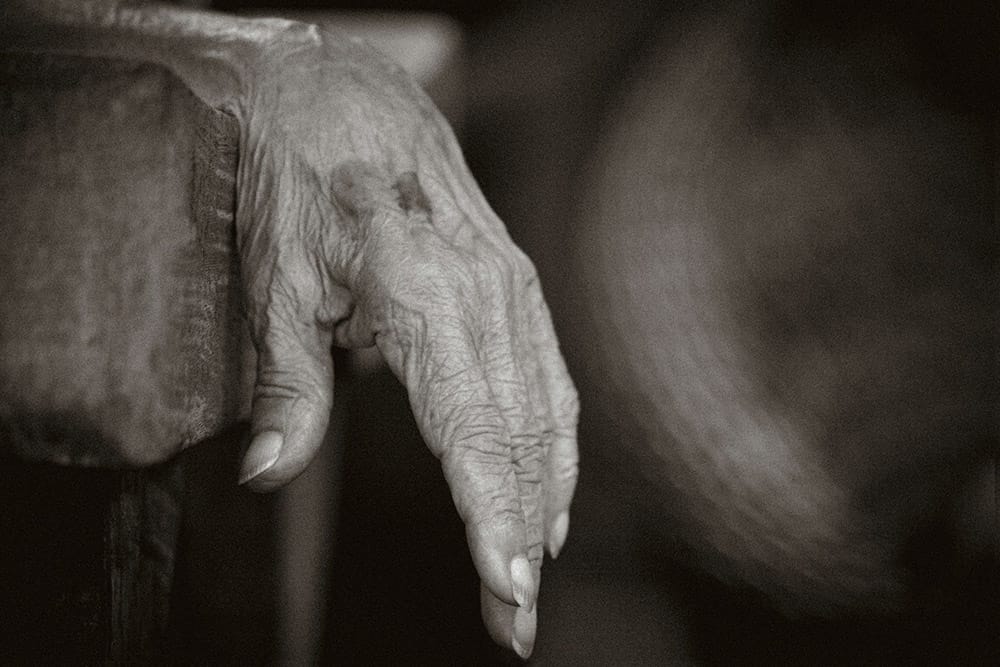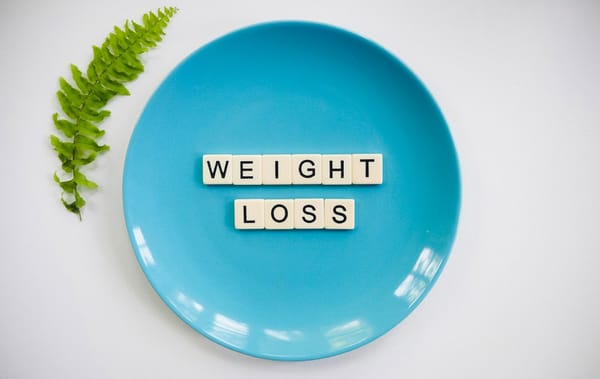The Role of TDEE in Aging: How to Maintain Energy Levels as You Get Older

Physiological mechanisms evolve with age, resulting in varied changes in energy levels, metabolism, and health. The most important of these is how TDEE—or Total Daily Energy Expenditure—affects the ability to maintain energy with increasing age. TDEE, simply put, is the number of calories burned in a day by your body and comprises your basal metabolic rate (BMR), physical activity, and the thermic effect of food (TEF). Knowledge of how TDEE changes with age, in conjunction with adjustments in caloric intake, may have a great role in sustaining energy levels, physical health, and reducing the risk of age-related conditions.
How Aging Affects TDEE
The process of aging brings several changes in TDEE, mostly on account of a reduction in muscle mass, reduced physical activity, and lowered calorie-burning efficiency of the body.
- Decreased Muscle Mass
One of the most pronounced age changes is a decrease in the muscle mass, which further enhances the powerful metabolization sequence known as sarcopenia. Since muscle burns more calories at rest than fat does, its loss results in a slowing of metabolism. Reduced muscle mass results in a lower BMR, hence the drop in TDEE. Thus, even though physical activity might be kept constant, the body will require a lower caloric intake to maintain its present body state.
Regular strength training can go a long way in maintaining muscle mass. This will, in turn, help maintain BMR and, subsequently, TDEE at a reasonable level. - Reduced Physical Activity
With advancing age, we usually see a decline in physical activity. High-intensity activities often become challenging for older adults due to joint pain, reduced flexibility, or other age-related disorders. This, in effect, will reduce TDEE, because the less it moves, the fewer calories it will burn. Walking, swimming, or other low-impact exercises should be part of any daily routine, thus improving daily energy expenditure and providing some form of cardiovascular and muscle health. - Hormonal Changes
Changes in body hormones with increased age also go further to affect TDEE. For example, decreased production of the hormones of the thyroid may further slow down metabolism and hence reduce BMR. Again, changes in estrogen levels and testosterone can bring about fat redistribution and changes in muscle mass that would further affect energy expenditure.
While the shifts of hormones are part of aging, their effects can be managed through adequate nutrition, regular exercise—and when necessary, medical intervention. Speaking with health care professionals can enable you to locate the best solutions and adjust diet and activity levels, if necessary.
With that knowledge, you will be in the right place to make the necessary changes in both diet and lifestyle to enhance your energy levels by increasing TDEE. You will know how to make the most out of the remaining years with good health and energy simply by understanding how TDEE changes with age.
How to Maintain Energy Levels with Age
- Increase Protein Intake
The protein consumption by older adults is usually higher than that of adults, regarding the maintenance of muscle mass and the prevention of muscle protein loss.
That's why older adults are recommended to have a daily protein intake ranging between 1.2 to 1.5 grams for every kilogram of body weight to ensure that muscle health is sustained. - Strength Training
Strength training allows the safeguarding of muscle mass from the inevitable decline that comes with aging and, hence, metabolism. For example, it can be done by weight training, use of resistance bands, or just performing bodyweight exercises such as squats and push-ups. - Stay Active with Low-Impact Exercise
Although age-related changes might make it difficult to engage in high-impact activities, remaining active through low-impact exercise is essential. Activities such as walking, cycling, swimming, or doing yoga can be attached to many additional perks, such as enhanced cardiovascular health, better flexibility, and higher energy expenditure.
Regular physical activity can help you maintain a healthy weight, boost your metabolism, and reduce the risk of chronic diseases like heart disease, diabetes, and arthritis. - Adjust Caloric Intake According to Activity Levels
With age, should your physical activity reduce, then it will be appropriate to make similar adjustments in caloric intake. This means that you may need lesser calories than those taken at youthful years, though ensuring that health-nutrient intake is not affected. - Continue to Monitor and Alter Your TDEE
The body will change as one grows older, and so too will its needs. Therefore, regular re-evaluations of TDEE, proportionate to changes in activity level, muscle mass, and health in general, should be accounted for in caloric intake. These changes can be solved by simply adjusting the eating habits in use or by increasing the activities, but at times a health provider or nutritionist may also help in finetuning TDEE calculation errors along the life stages.
Conclusion
It is essential to know off by heart the lined role of TDEE aging factors in energy levels, health, and well-being so that one is able to do the right thing to put into place strategies to lengthen, at the same time empowering the ability to stay alive, happy, and healthy even during the later years of life. Strategies to do so are: first, make the protein a priority in each meal; engage in regular physical activity; and adjust caloric intake to metabolic changes. In this way, individuals will be able to enhance TDEE and bring about the health of the body during the process of its aging.



